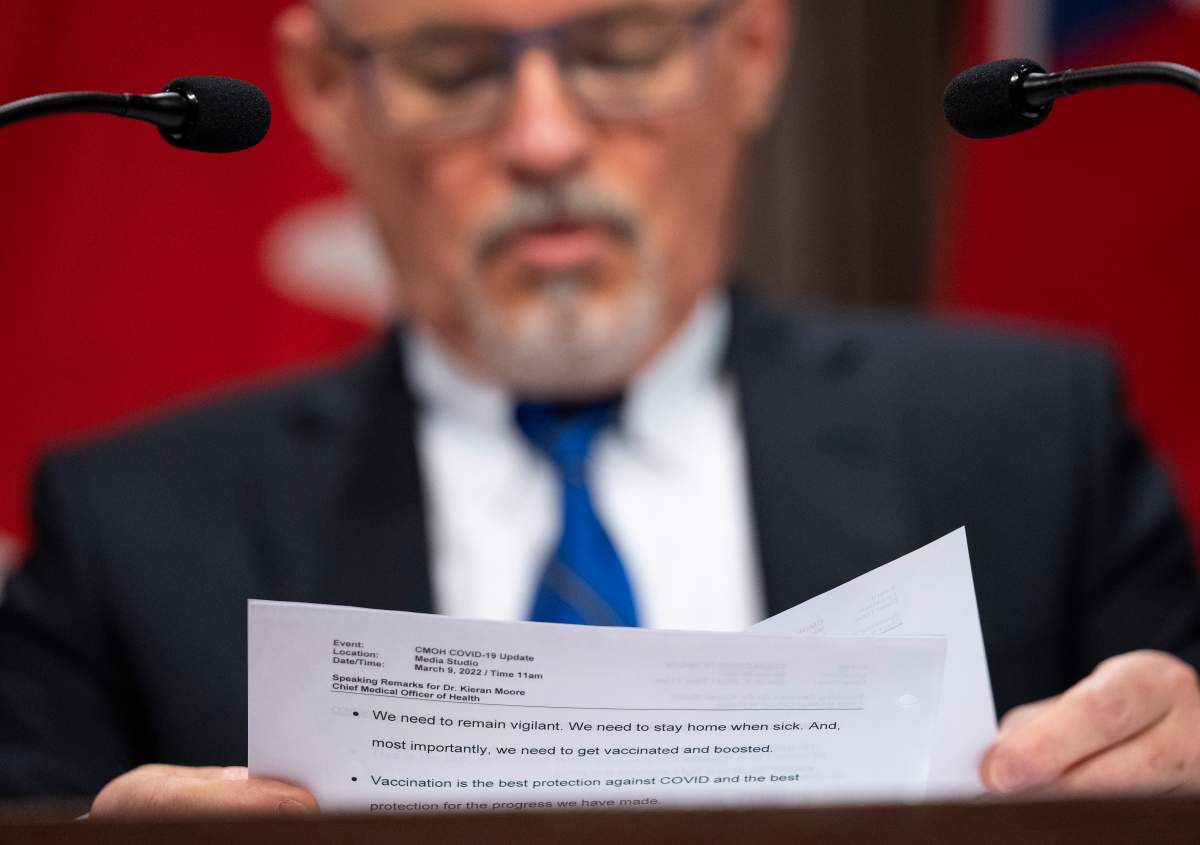Local councillors and mayors in Ontario are signalling an uneasy willingness to get behind a provincial push to merge some public health units as the Ford government rolls out aggressive timelines to get the process underway by early 2025.

As many as nine groupings of public health units have suggested to Queen’s Park they’re ready to merge but local representatives still have a long list of concerns.
During a session for rural municipalities held in Toronto, Ministry of Health officials explained they were in the midst of a series of major and rapid changes.
By the beginning of 2025, officials said, they hoped to see some public health units begin work to merge. That move will take place at the same time Queen’s Park reviews the mandate of local public health units to work out if there are services better delivered at a provincewide scale.
The province previously announced it was looking for applications from smaller local public health authorities to merge. There are currently 34 public health units in the province, responsible for a range of local services, including healthy lifestyle programs and disease prevention.
“Any decisions to merge will be done at the local level, where each region will make their decision based on the needs of their local community and their ability, through a merger, to connect people to more consistent and convenient care,” a spokesperson for the Ministry of Health told Global News.

Get weekly health news
A total of nine groups of public health units have shown interest in merging, Brent Feeney, a senior official with the Ministry of Health, said on Monday.
Public health units exploring the move have been told to submit proposals to the Ministry of Health in April, with three years of funding available to cover transition costs. Any savings from the merger can be kept by local authorities.
Feeney and his colleagues said the aim was to have voluntary mergers underway by early 2025.
Despite the interest, a series of concerns were raised with the plan by local delegates at the conference for rural representatives on Monday.
Matthew Graham, the Township of Cavan mayor, told provincial representatives they have failed to invest in local public health units.
“You’ve been starving us for decades,” he said, also raising concerns about the guideline of 500,000 residents per public health unit health leaders say they’re working toward.
René Lapierre, the chair of Sudbury Public Health, said a separate Ministry of Health review is causing him concern.
Alongside its attempts to merge some public health units, the province is looking at the areas public health units are responsible for to see if there are areas that can be consolidated.
That review, officials said, is not designed to “start stripping away” items from public health, but instead to work out if things like data processing or assessments could be better delivered from the centre.
“I’m having trouble wrapping my head around saying ‘Let’s submit this merger proposal to government’ when I don’t have all the information,” Lapierre said. “I’m lacking the information of what exactly public health (is) going to do after this.”
On Monday, officials repeatedly emphasized the idea the merger of public health units is voluntary, pointing out there is no legislation pending that could force them to merge. They said government direction — as it stands — is not to mandate any organizations to come together.
Other local speakers, including those from Frontenac Islands, Sioux Lookout and Port Hope, said they worried merging workforces between public health units could drive up wages and make the total area they are responsible for unmanageably large.
Concerns about the potentially higher cost of travel for remote public health units were also raised.
The Ministry of Health said base funding would go up by one per cent per year for public health units over the next three years.
“We continue to work with local public health partners to develop to build a stronger and better coordinated connected public health system.”







Comments